In the 1950s, under the leadership of José Ermírio de Moraes, Votorantim entered the energy sector in the region of the Juquiá River hydroelectric complex. With the creation and growth of CBA – Companhia Brasileira de Alumínio, the need for energy led the company to build and maintain its own hydroelectric plants in the complex. In addition to the construction of the plants, Votorantim purchased the land around the reservoirs, ensuring the preservation of the forest and riparian areas for the availability of water. A pioneering attitude in the history of Brazilian industry.
In 1957, the second plant, the Fumaça, was built. Since then, Votorantim has continued to invest in the sector, with the construction of two more mills, Alecrim and Serraria, inaugurated in 1974 and 1978, respectively. In the 1980s, two more were completed, also related to the energy production of the aluminum plant: Porto Raso and Barra. Investments in energy and forest conservation would become a differentiator of Votorantim.
In 2012, CBA – Companhia Brasileira de Alumínio, Nexa, Votorantim Cimentos and Auren, joined forces to transform this area of 31,000 hectares around the mills into the Legado das Águas, institutionalized through a partnership with the State Government of São Paulo. Since then, Votorantim has signed a Memorandum of Understanding in which it commits to protect the area. Among the terms of the agreement is a proposal for shared management, which will facilitate progress in scientific studies, environmental education, public use, protection of endangered species and socio-economic development of the region.
Of the six mills in the region, four are within the area of the Legado, they are: Alecrim, Serraria, Porto Raso and Barra.
HPP Fumaça
The Fumaça Hydroelectric Power Plant is located in the municipality of Ibiúna, 110 km from the city of São Paulo. Its construction began in 1957 and was completed in 1964. It is the second hydroelectric plant built by CBA and uses the water of the Juquiá River to generate energy.
Its average annual generation capacity is 220 GWh and its dam has a length of 154 meters and a height of 53.5 meters from the lowest point of the foundation. It has a gross head of 126 m.
HPP Barra and Vila dos Manacás
Vila dos Manacás, located near the Barra Hydroelectric Plant, is currently the headquarters of the Legado das Águas. Its structures have been adapted to house the administrative headquarters of the Reservas, with inn, restaurant, lodging, auditorium, warehouse, laundry, Center for Biodiversity of the Atlantic Forest (nursery of native plants), spaces for receptive of visitors and use in ecotourism activities.
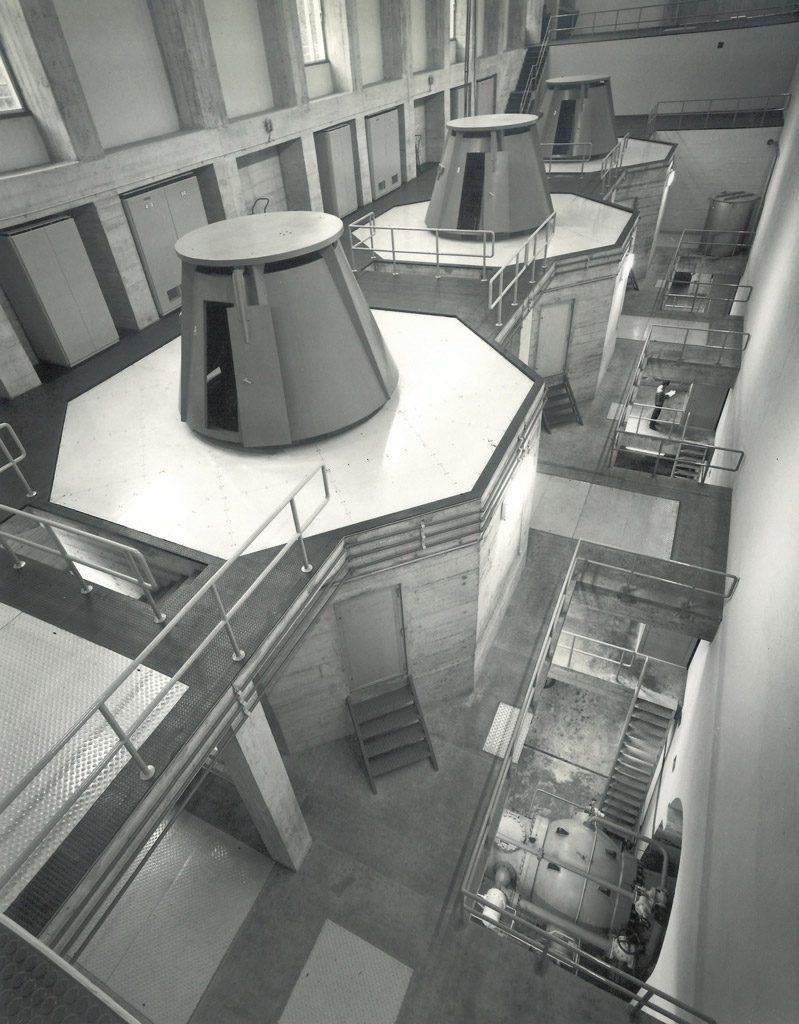 Playlist Item 1
Playlist Item 1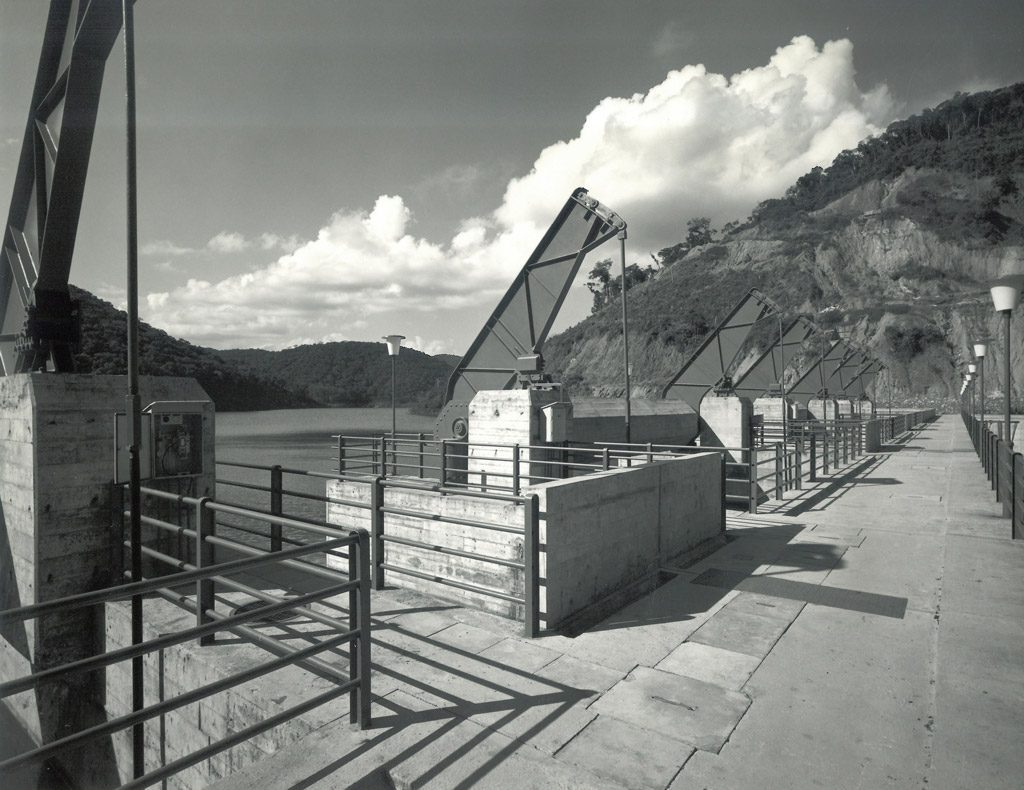 Playlist Item 1
Playlist Item 1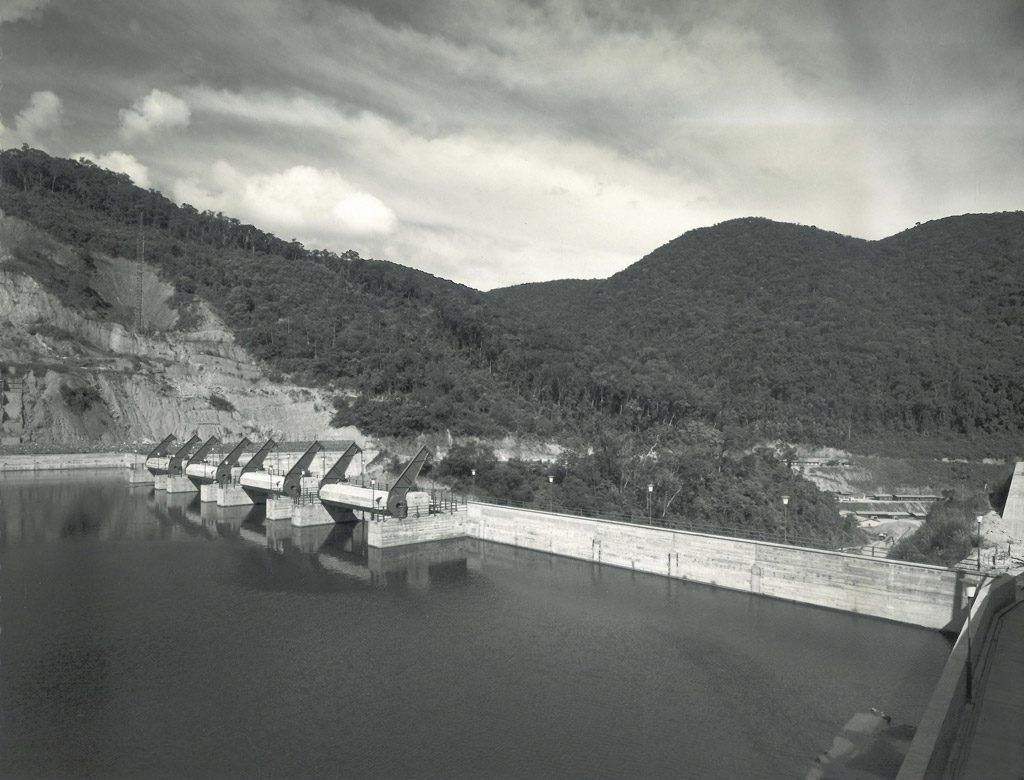 Playlist Item 1
Playlist Item 1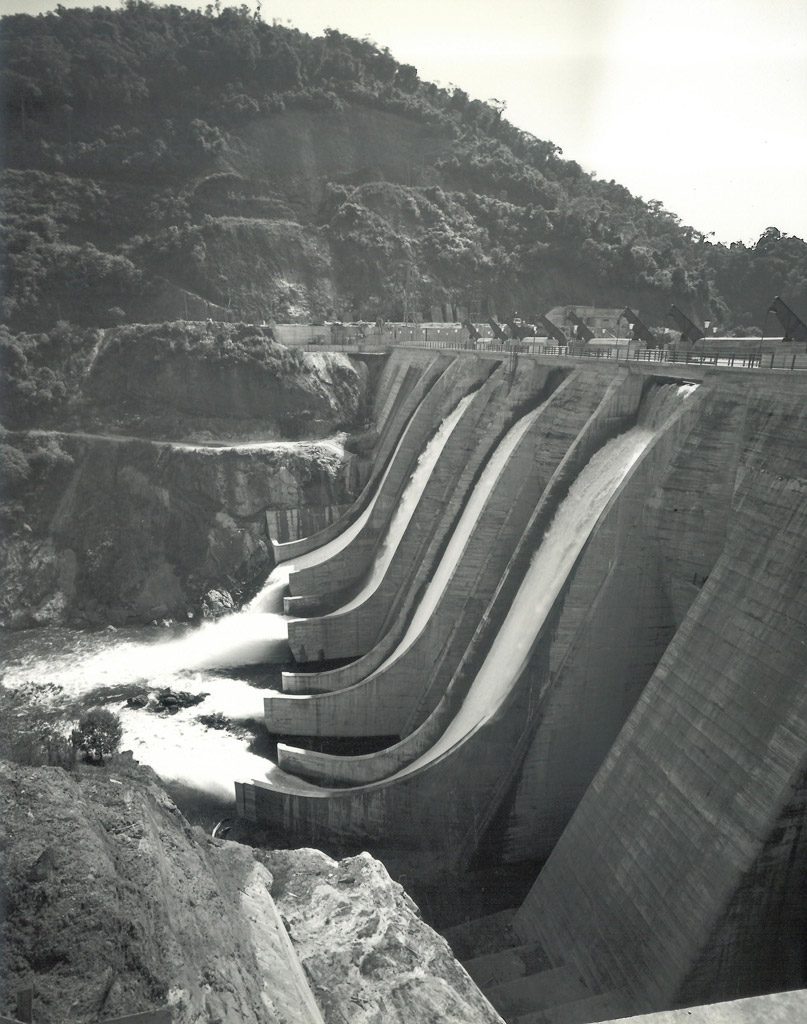 Playlist Item 1
Playlist Item 1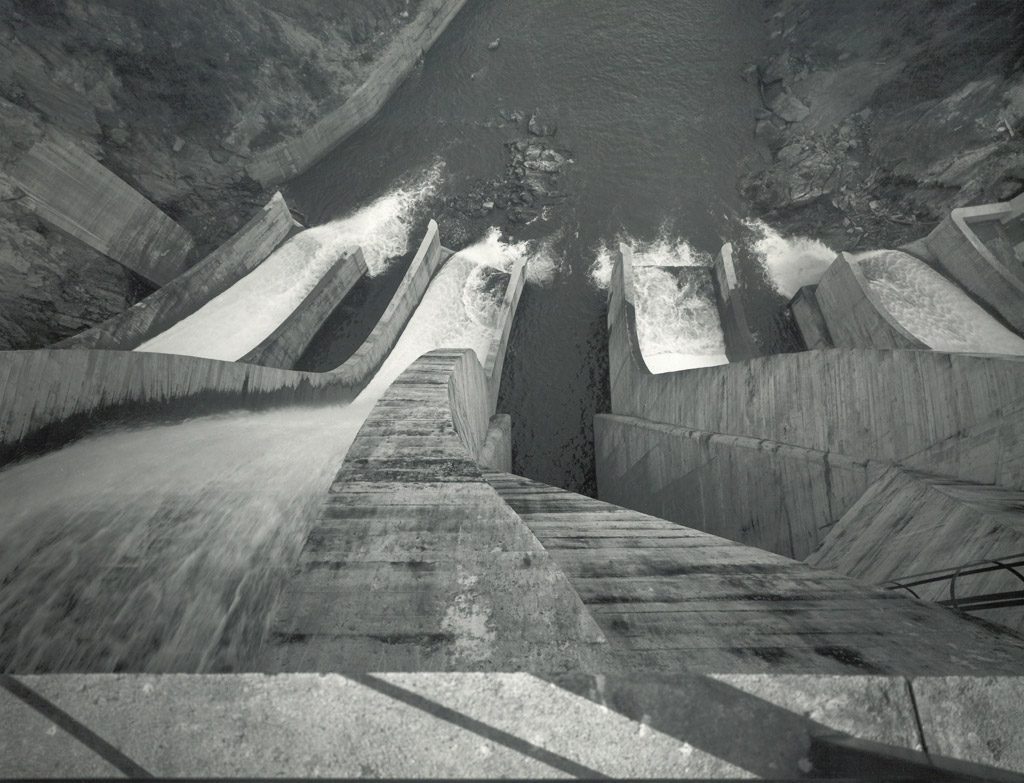 Playlist Item 1
Playlist Item 1 Playlist Item 1
Playlist Item 1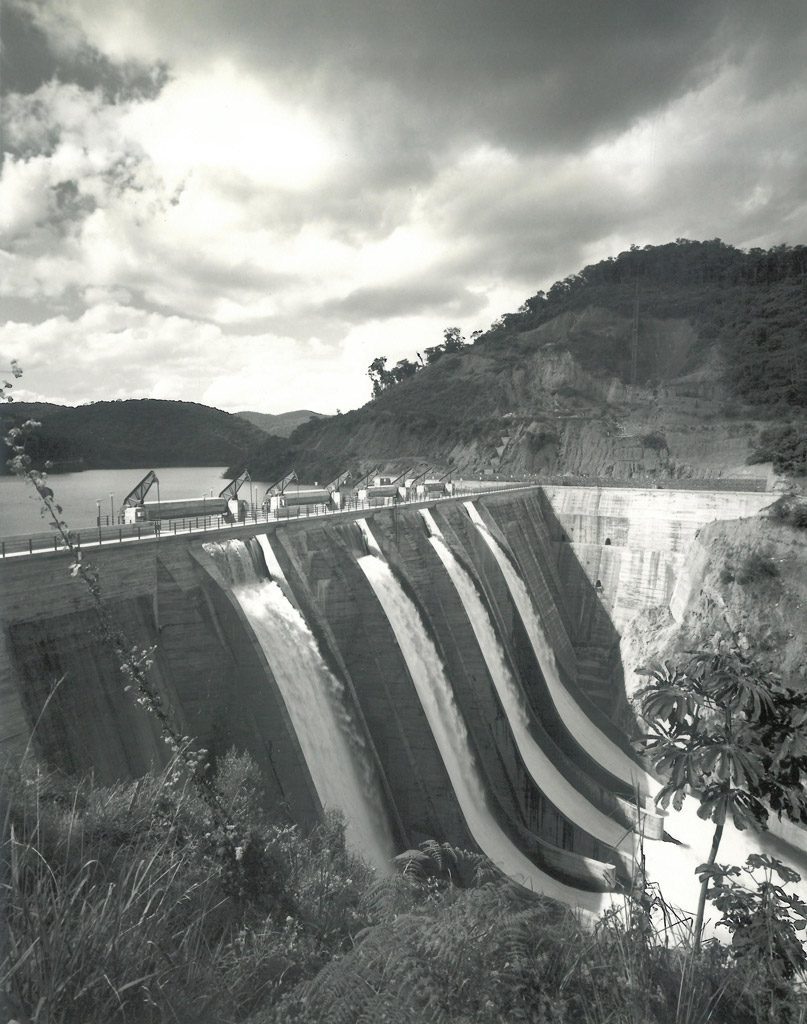 Playlist Item 1
Playlist Item 1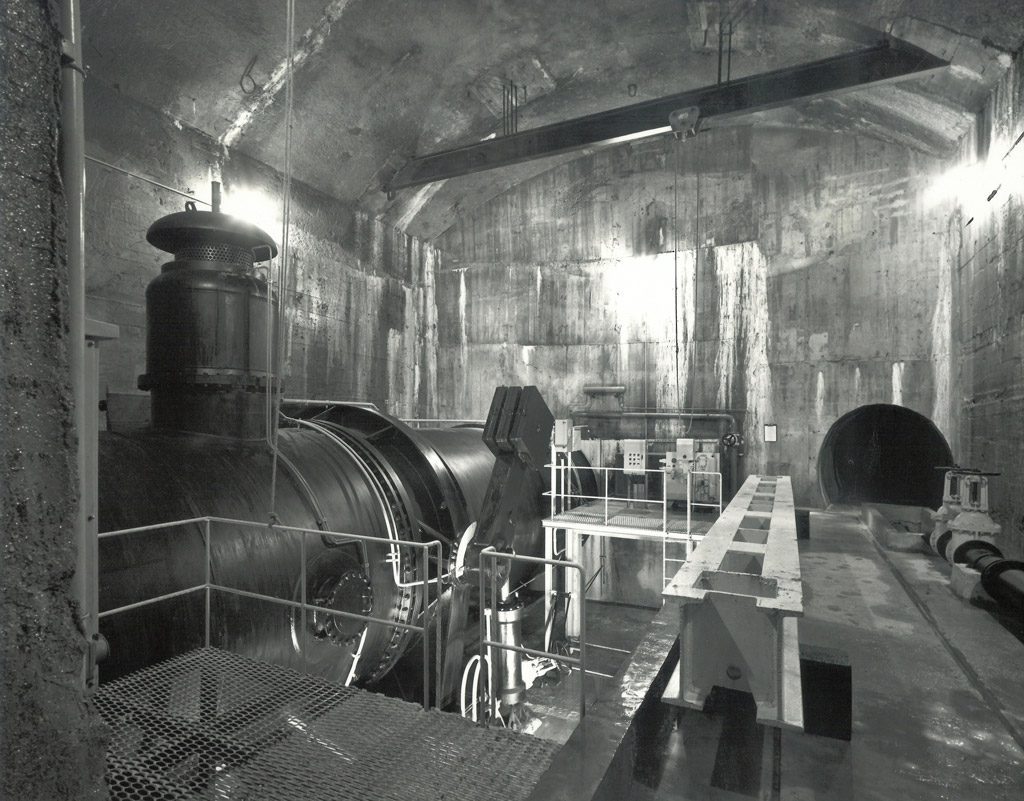 Playlist Item 1
Playlist Item 1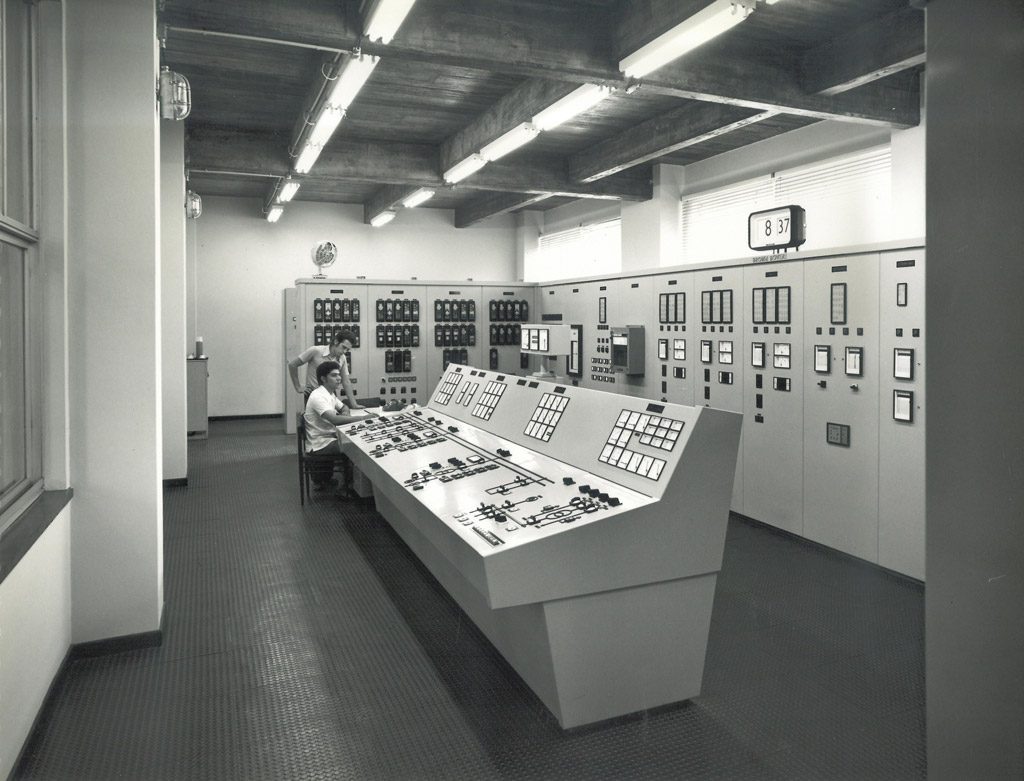 Playlist Item 1
Playlist Item 1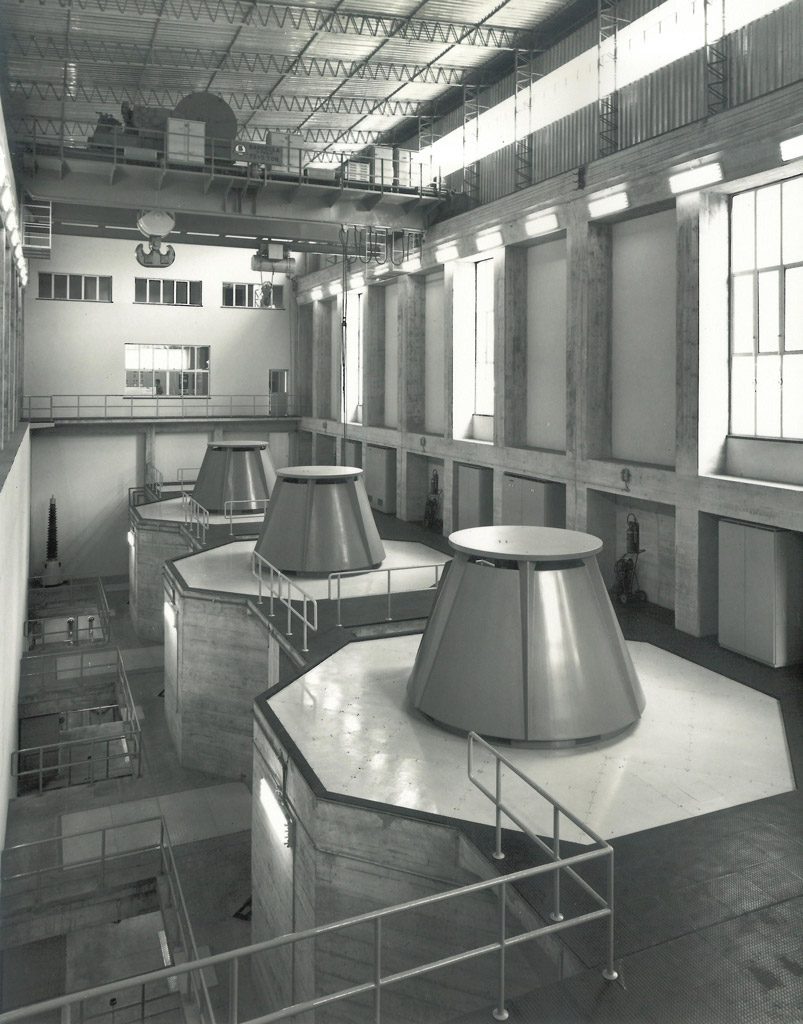 Playlist Item 1
Playlist Item 1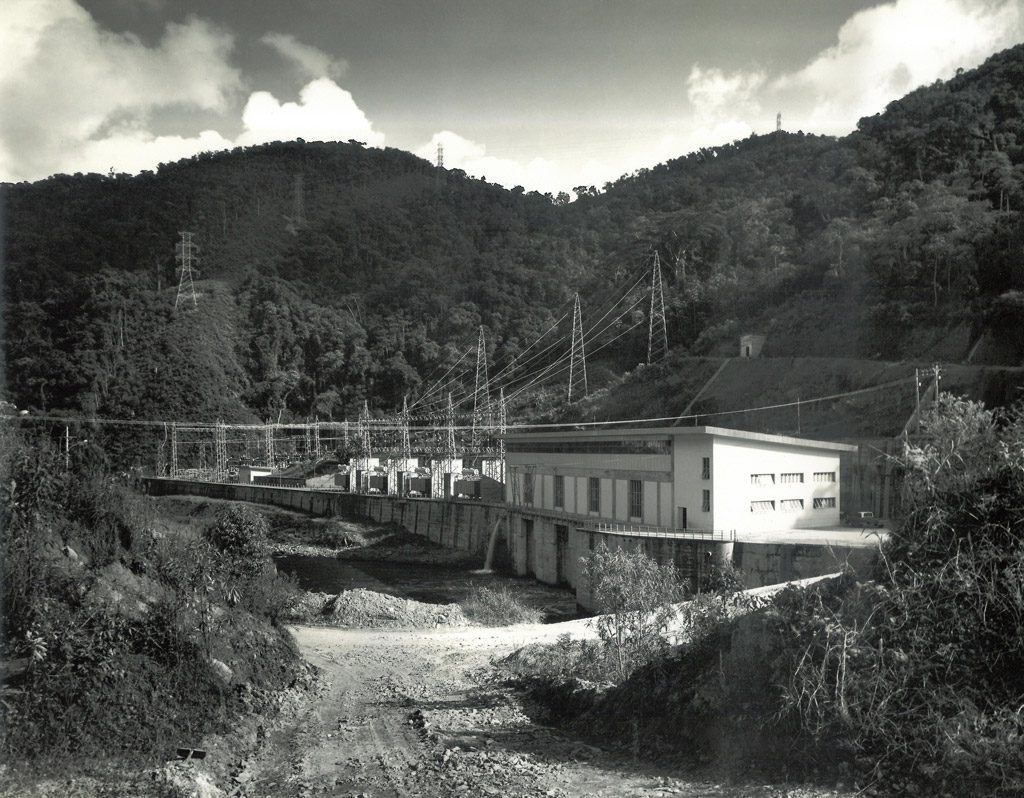 Playlist Item 1
Playlist Item 1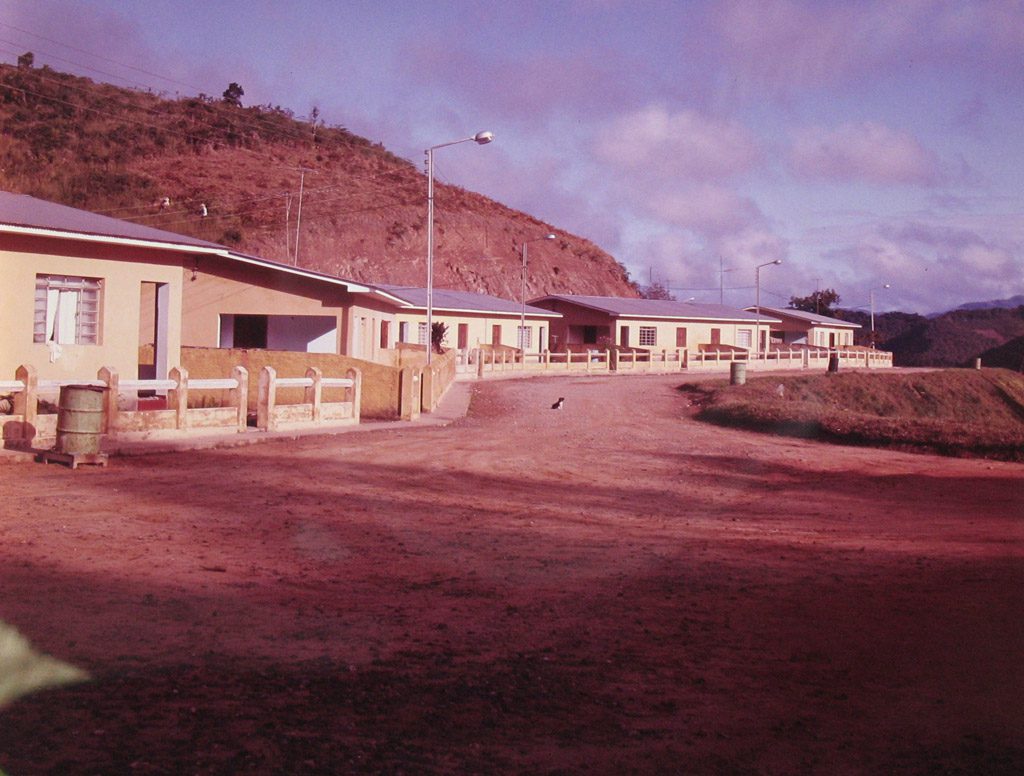 Playlist Item 1
Playlist Item 1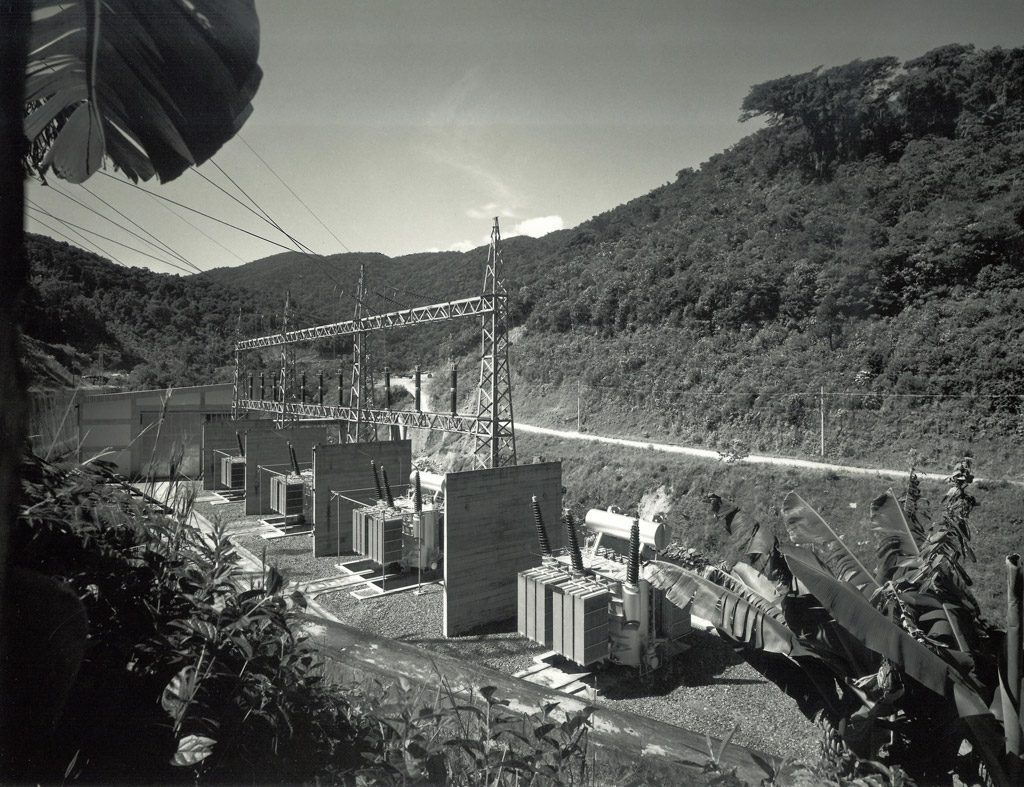 Playlist Item 1
Playlist Item 1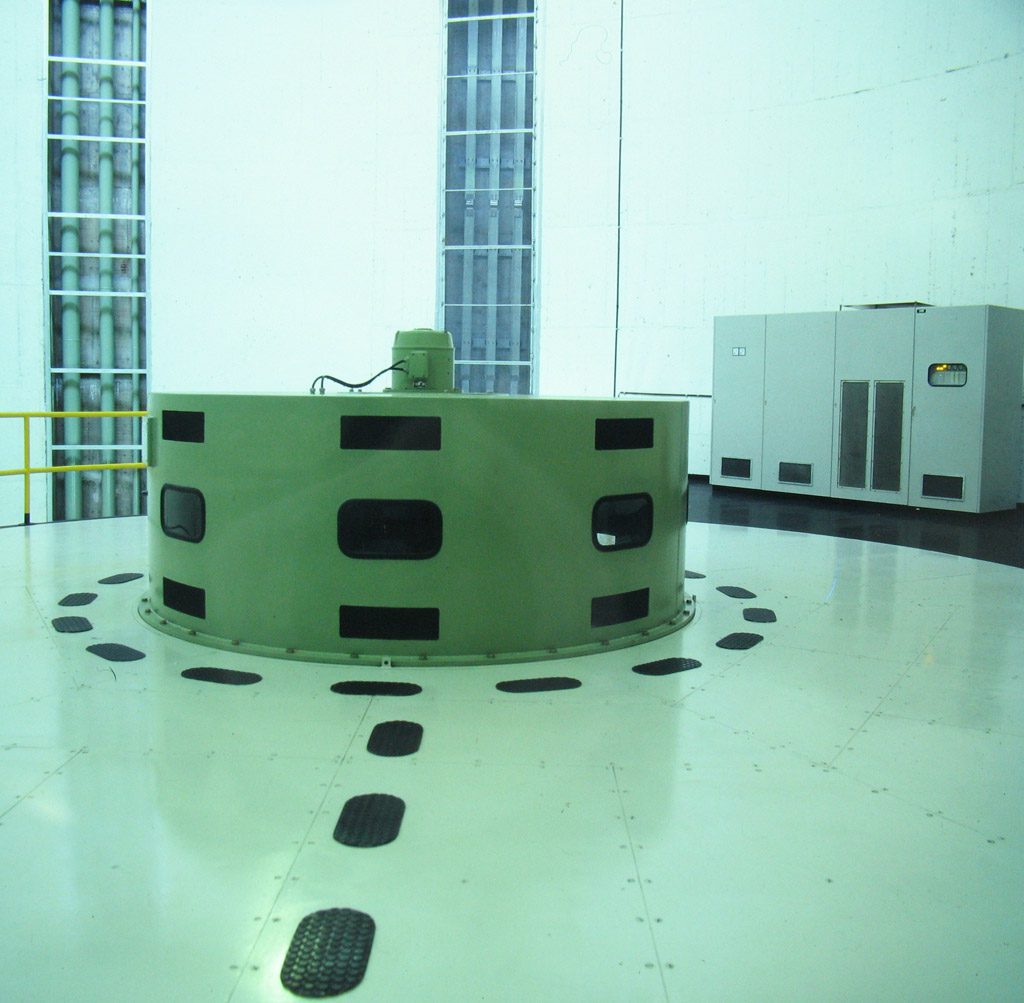 Playlist Item 1
Playlist Item 1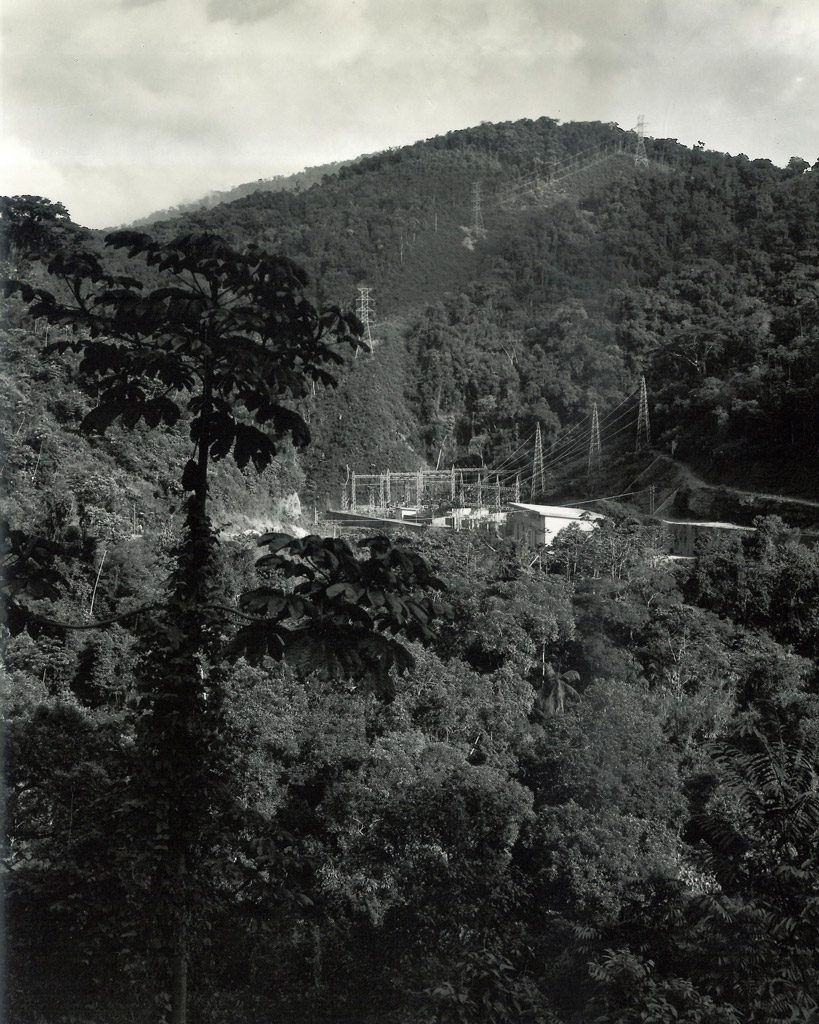 Playlist Item 1
Playlist Item 1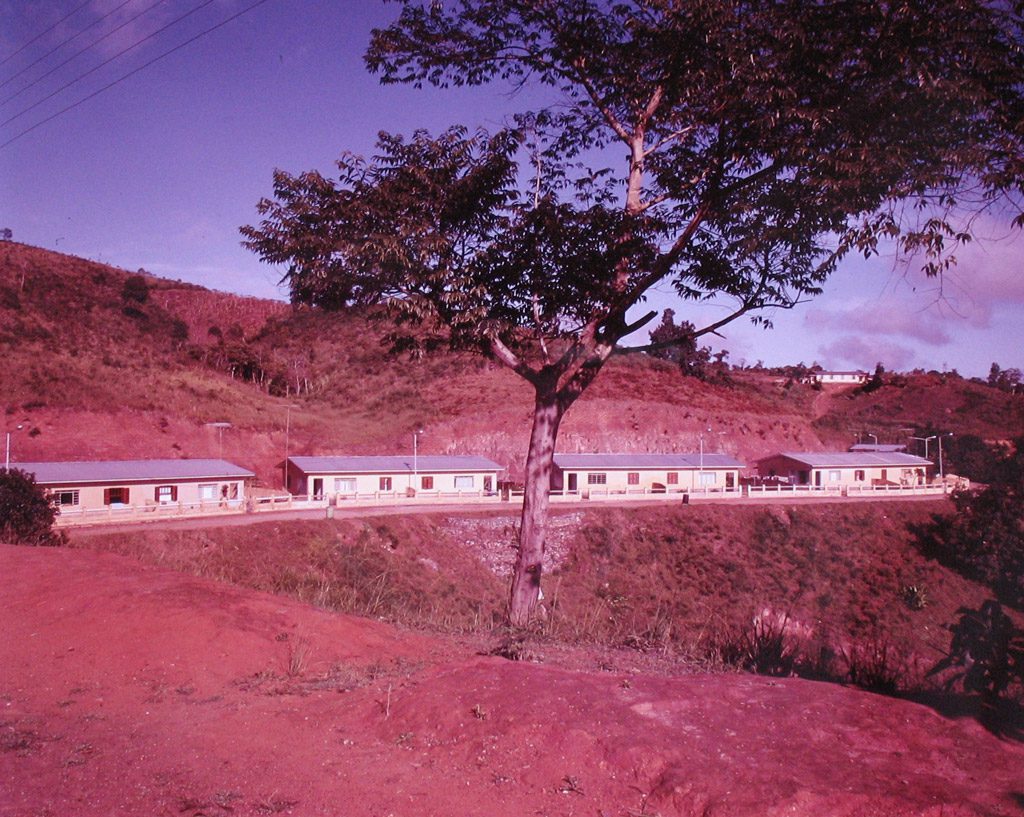 Playlist Item 1
Playlist Item 1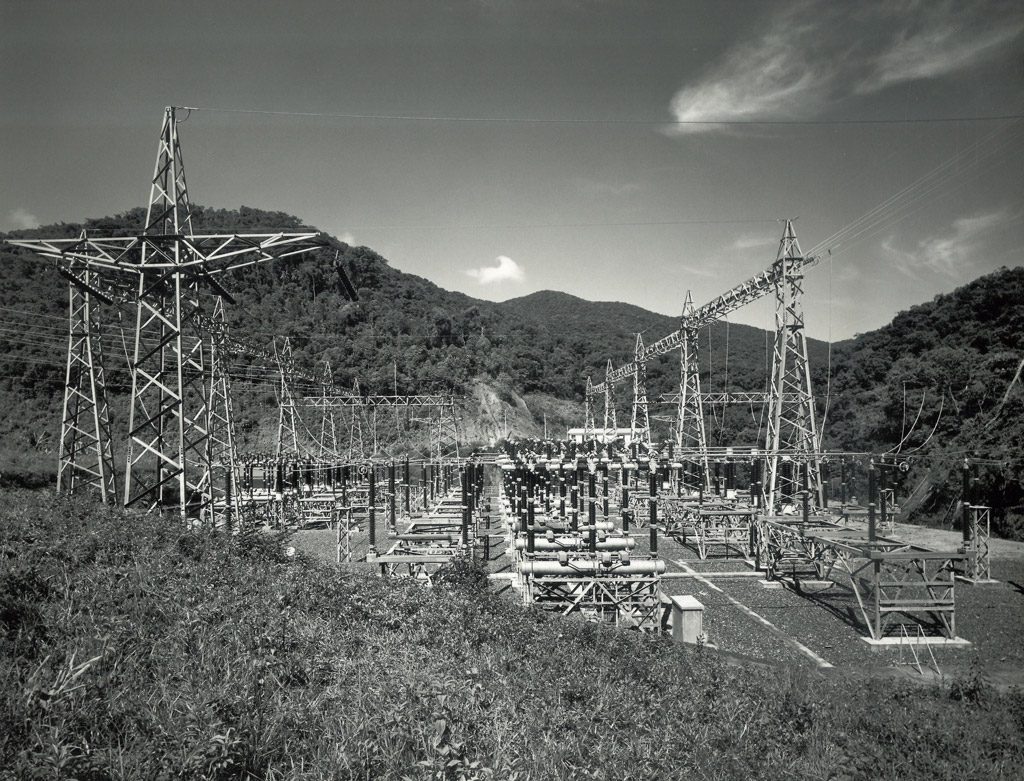 Playlist Item 1
Playlist Item 1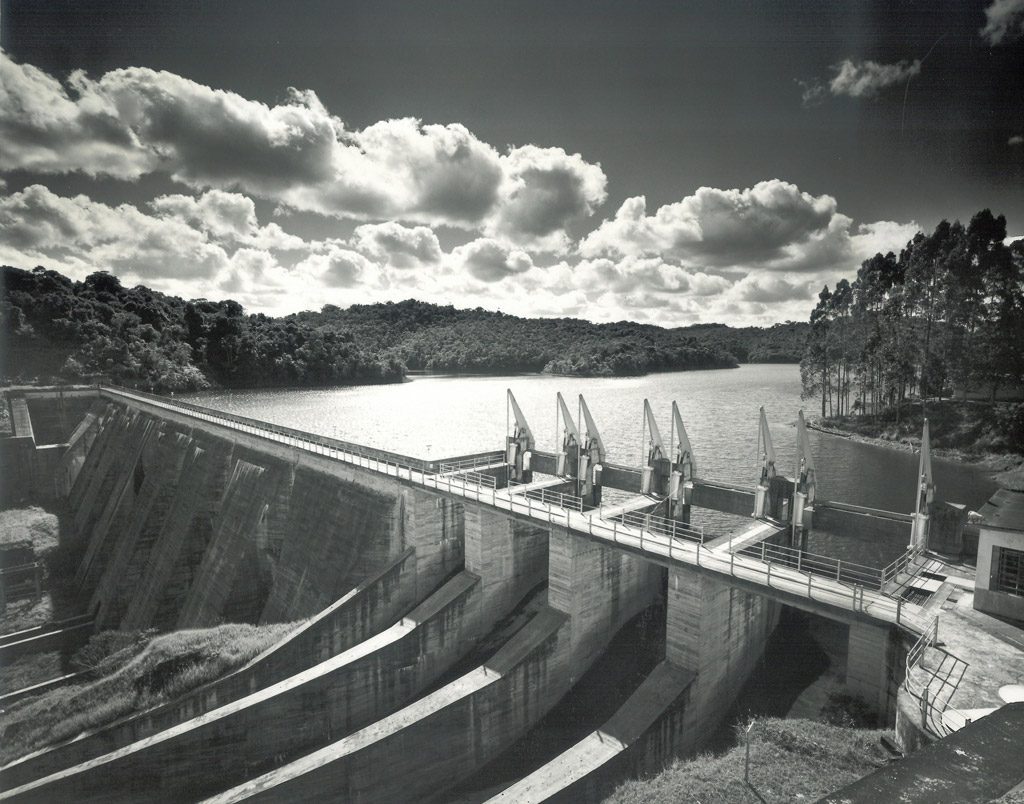 Playlist Item 1
Playlist Item 1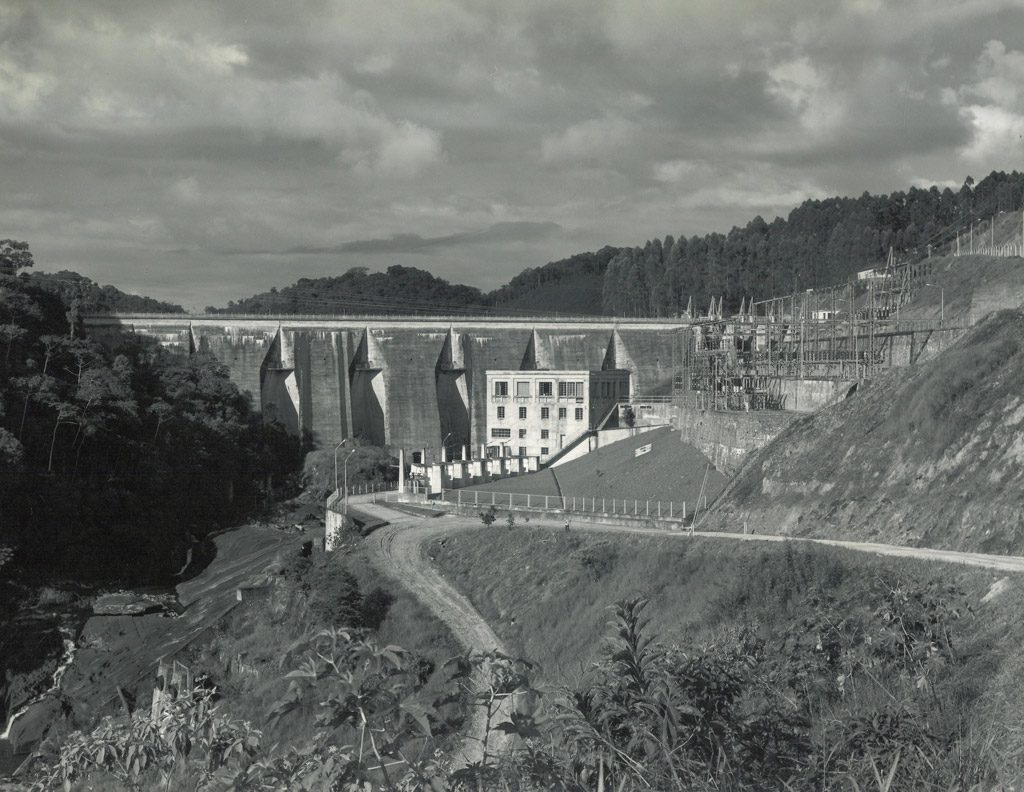 Playlist Item 1
Playlist Item 1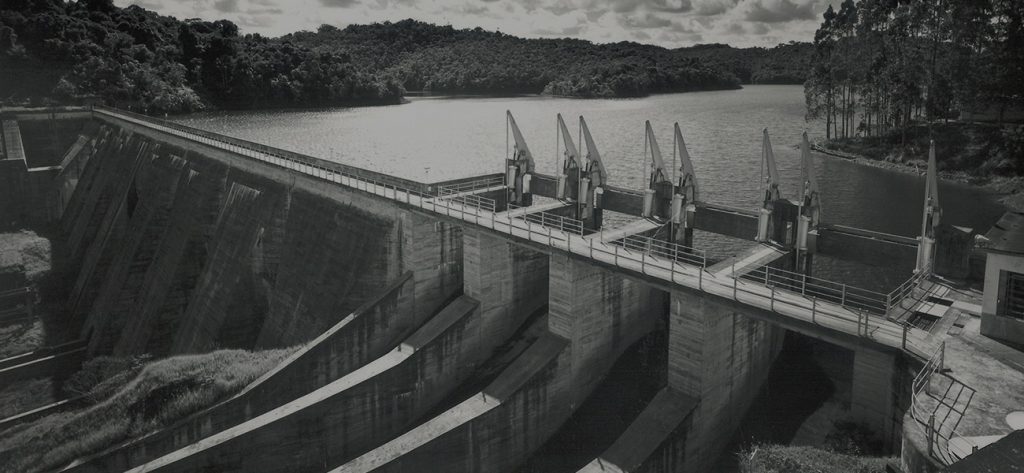 Playlist Item 1
Playlist Item 1 Playlist Item 1
Playlist Item 1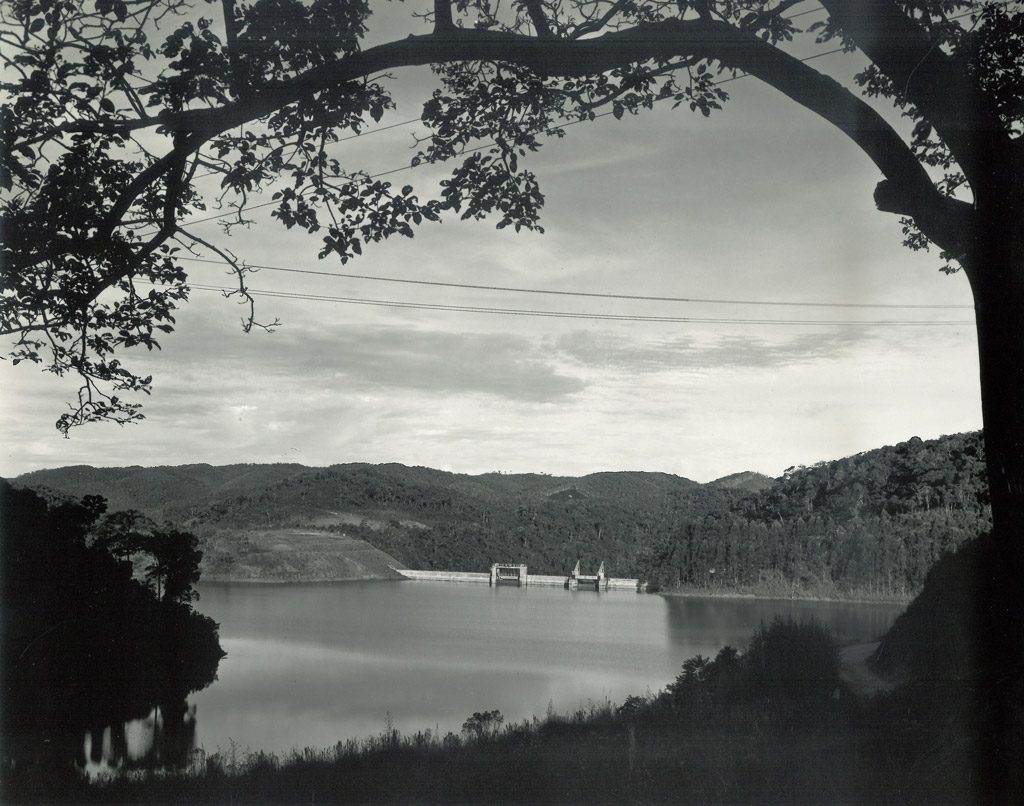 Playlist Item 1
Playlist Item 1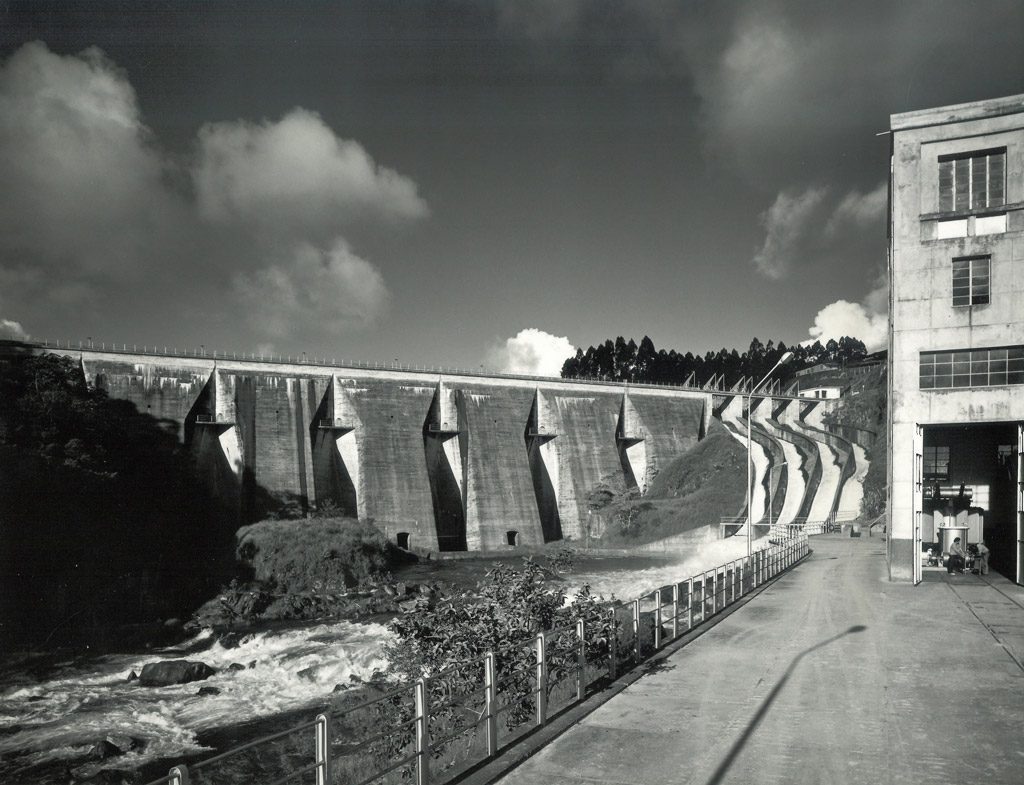 Playlist Item 1
Playlist Item 1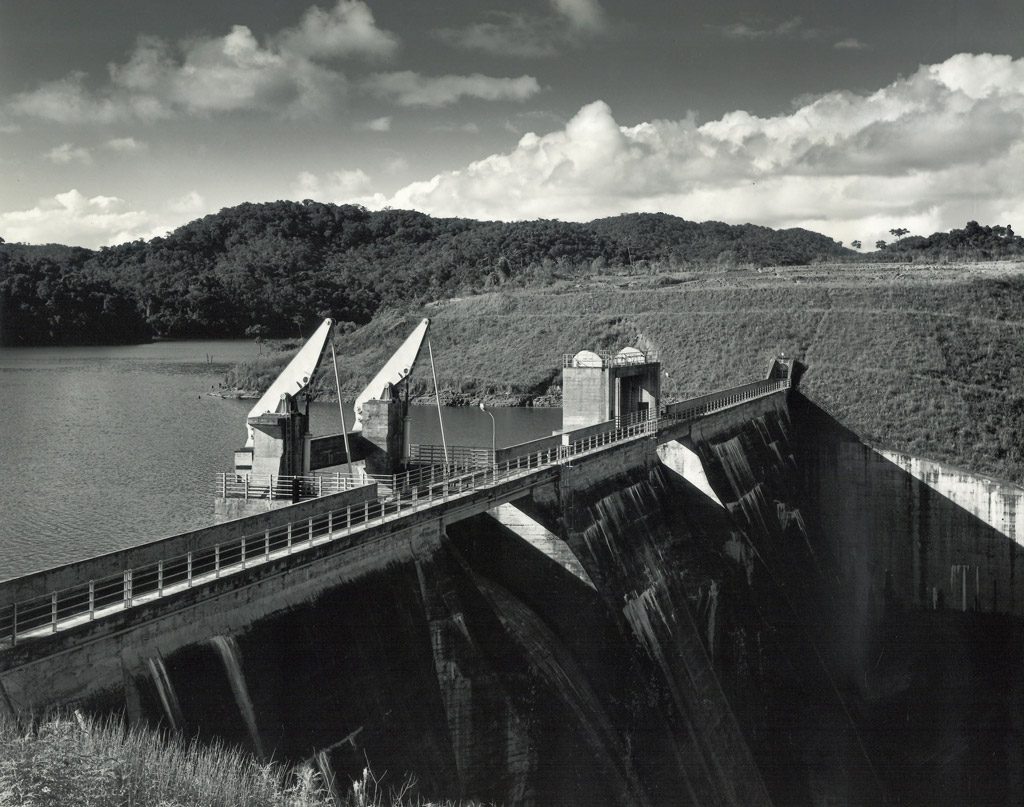 Playlist Item 1
Playlist Item 1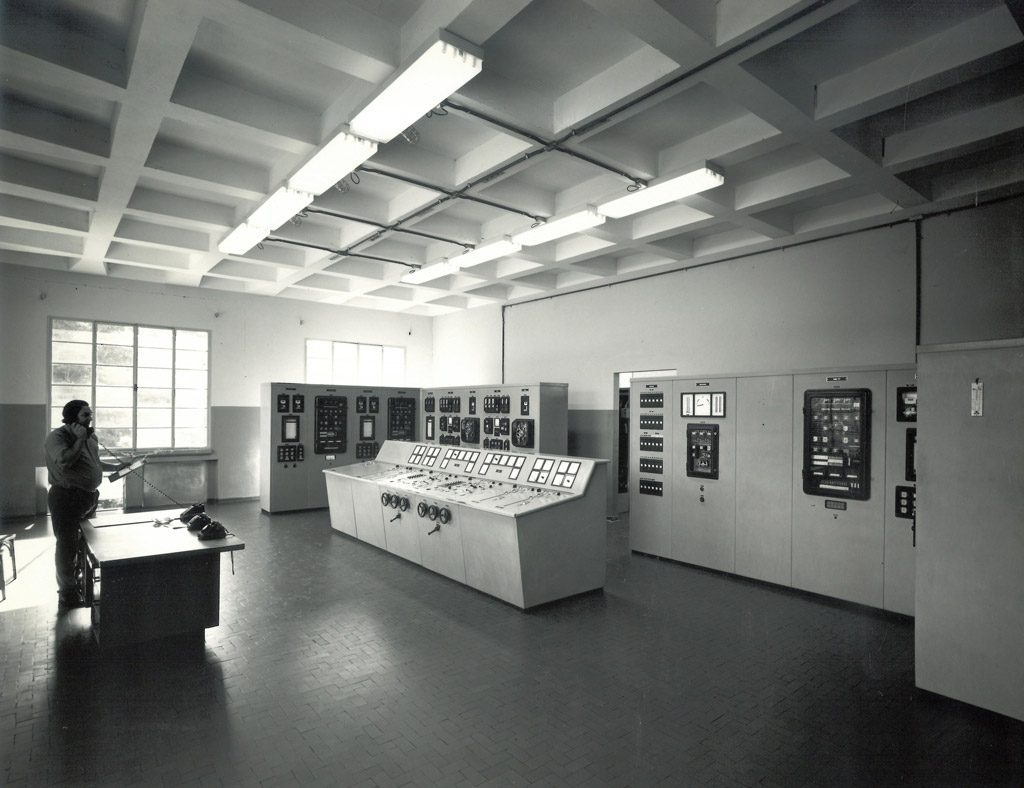 Playlist Item 1
Playlist Item 1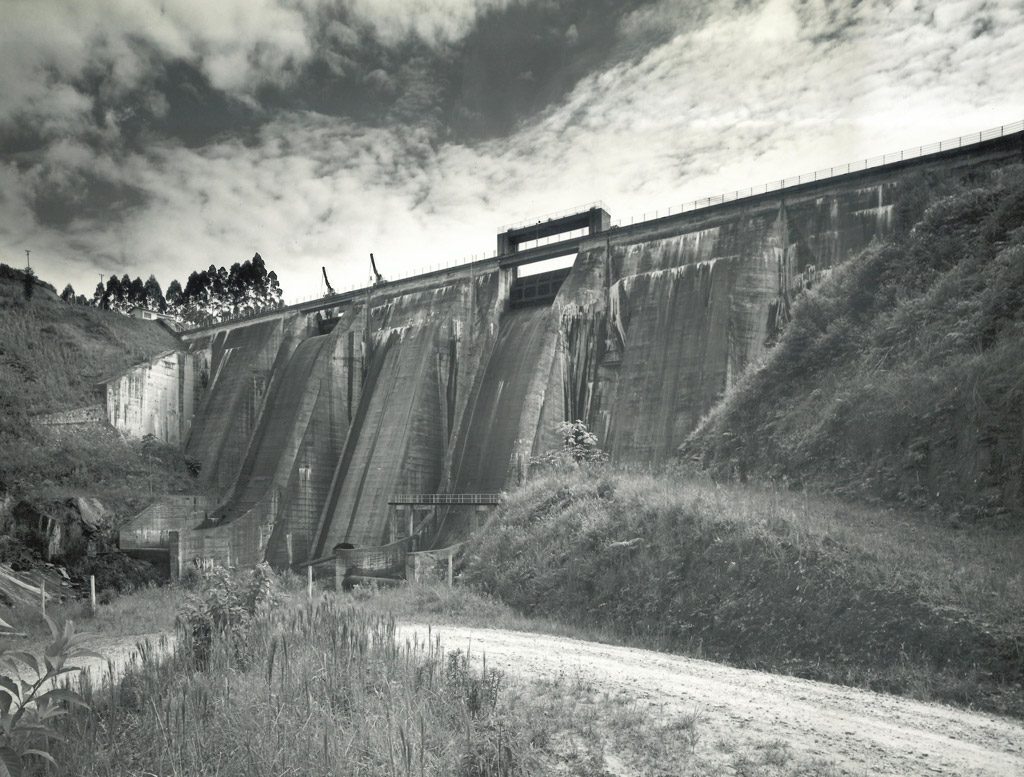 Playlist Item 1
Playlist Item 1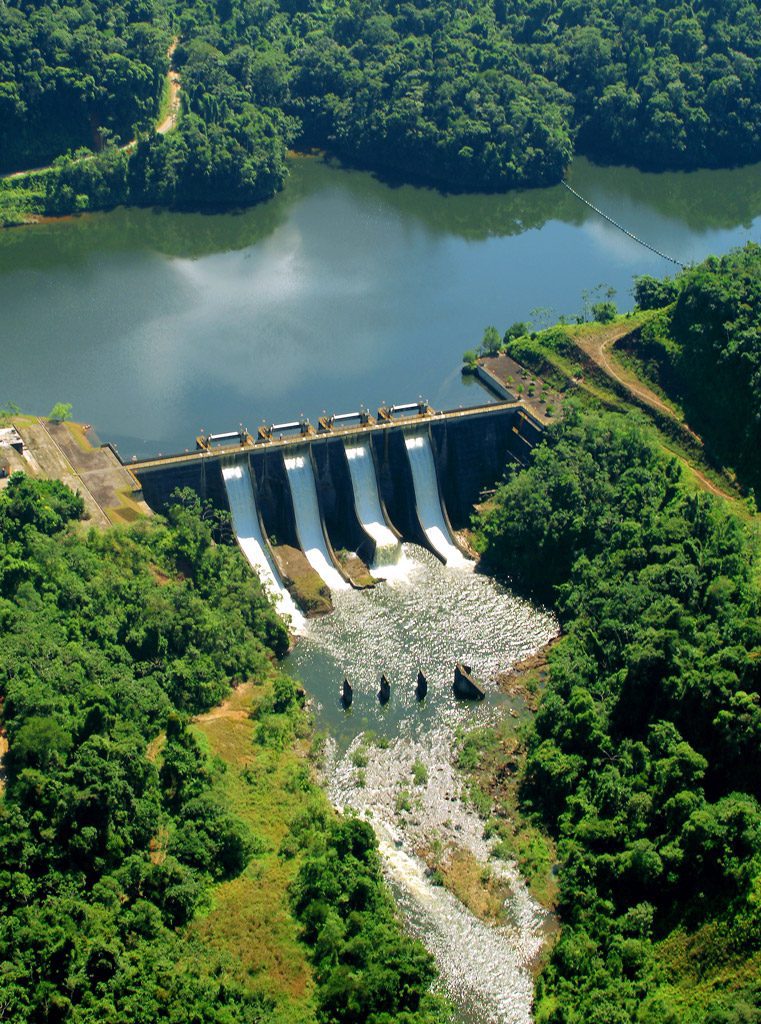 Playlist Item 1
Playlist Item 1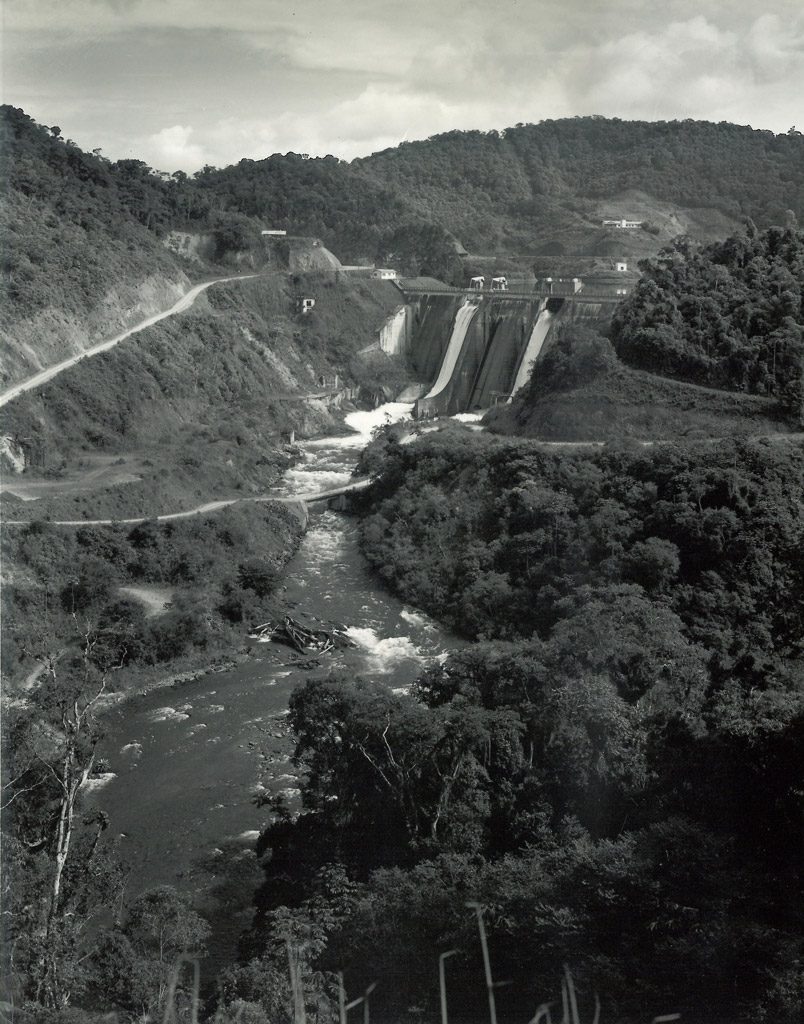 Playlist Item 1
Playlist Item 1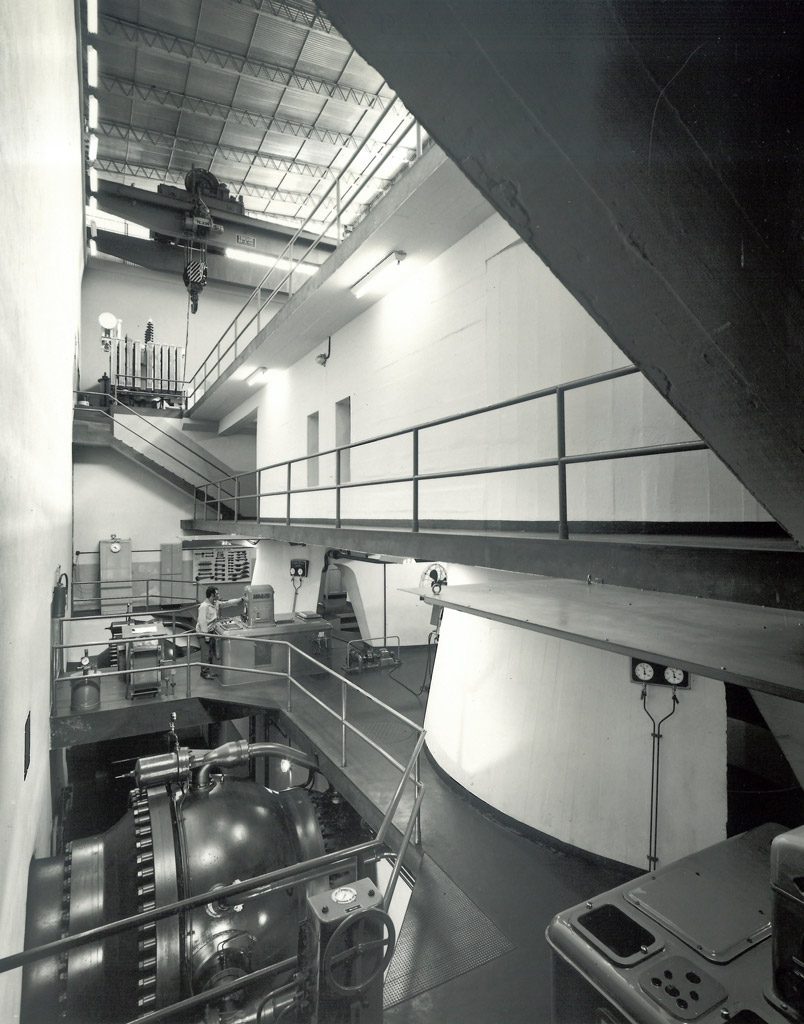 Playlist Item 1
Playlist Item 1
Legado das Águas © 2024 – Todos os direitos reservados


